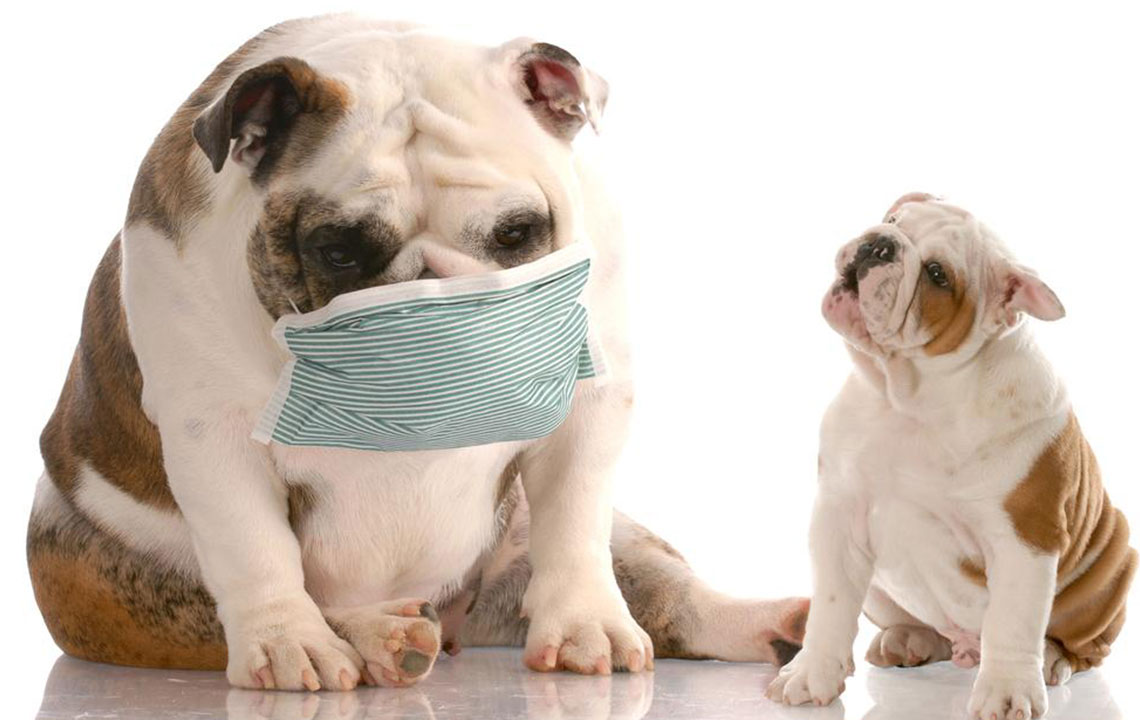Effective Tips To Get Rid Of Dog Allergies
Effective tips to get rid of dog allergies
Coming home to your furry pet after a long day’s work can be quite refreshing. The age-old adage does prove true that “A dog is a man’s best friend.” In addition to being adorable pets, dogs are known to possess this unique gift which allows them to work as therapy dogs.
However, there are instances when a fluffy furball can pose a problem for you.

What are the causes of dog allergies?
- People are of the opinion that long-haired dogs can cause allergies when compared to short-haired dogs. However, this is not true. One isn’t allergic to the dog’s hair; they are allergic to pet dander which almost every pet tends to produce.
- Dogs are known to secrete proteins which eventually end up in their dander, i.e., dead skin, saliva, and even their urine. An allergy is triggered in the person when the immune system comes in contact with the harmless protein.
- The immune system considers these to be a potential threat and reacts against it, and this causes inflammation.
- Different breeds of dogs create different dander, so you can be allergic to a certain breed and not the entire canine species.
What are the dog allergy symptoms?
When you are allergic to dogs, various symptoms surface. These symptoms vary from person to person. Some of the common dog allergies symptoms are as follows:
- The skin might become red and irritated after your dog licks you there.
- When you come into contact with a dog, the membranes of the nose and the area around the eyes become itchy and starts to swell.
- Rashes begin to appear on the face, neck, and chest.
- The person might start coughing or sneezing, and in certain cases, the person might experience a severe asthma attack.
- In several cases, the pet dander can result in eczema as well.
What are the medications used for dog allergy treatments?
The various medications used for dog allergy treatments are as follows:
- Nasal corticosteroids – Nasal corticosteroids such as Flonase are used to control inflammation and control the symptoms of a dog allergy.
- Antihistamines – These are the over-the-counter (OTC) medications that are used to control the symptoms of dog allergy such as sneezing, itching, and runny nose. However, these before opting for these medicines, it is advisable to consult a physician.
- Cromolyn Sodium – This is an OTC nasal spray that is known to relieve the congestion, and it is usually used before bedtime.
- Decongestants – These are used to allow the person to breathe easily by shrinking the swollen tissues of the nasal passage. These are considered to best treatments for dog allergies.
What are the natural remedies for treating dog allergy symptoms?
Dog allergies symptoms can be cured by using home remedies as well. Unlike certain medications, home remedies are quite safe from side-effects. Here are some effective home remedies for treating pet allergy symptoms.
- Apple cider vinegar – Apple cider vinegar is known to work wonders for curing dog allergy symptoms. It is one of the best treatments for dog allergies. It clears the lymphatic system by reducing the buildup of mucus.
- Quercetin – It is considered to be one of the best treatment methods for dog allergies. Quercetin is a bioflavonoid and is known to stabilize the body’s mast cells and restrict the release of histamines when you are exposed to pet dander.
- Essential oils – Various essential oils, especially eucalyptus oil is used to relieve dog allergy symptoms. It clears the nasal passage and enables easy breathing.




